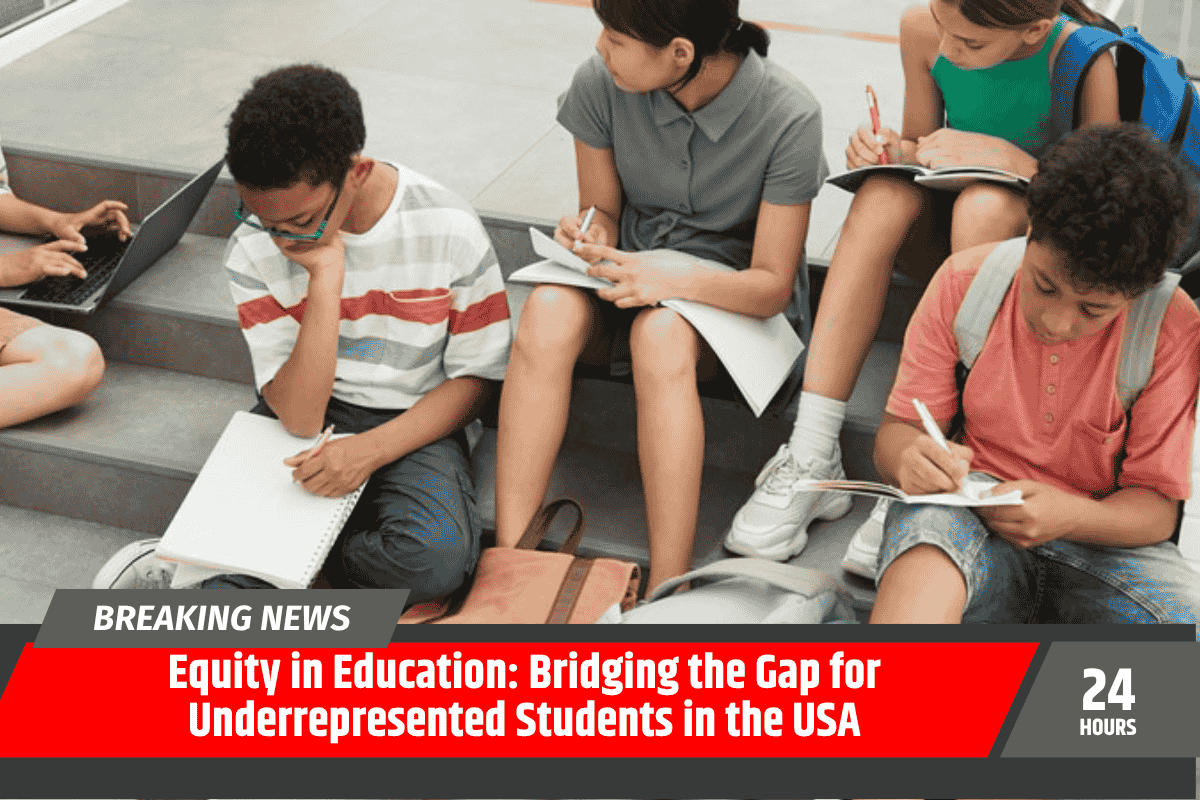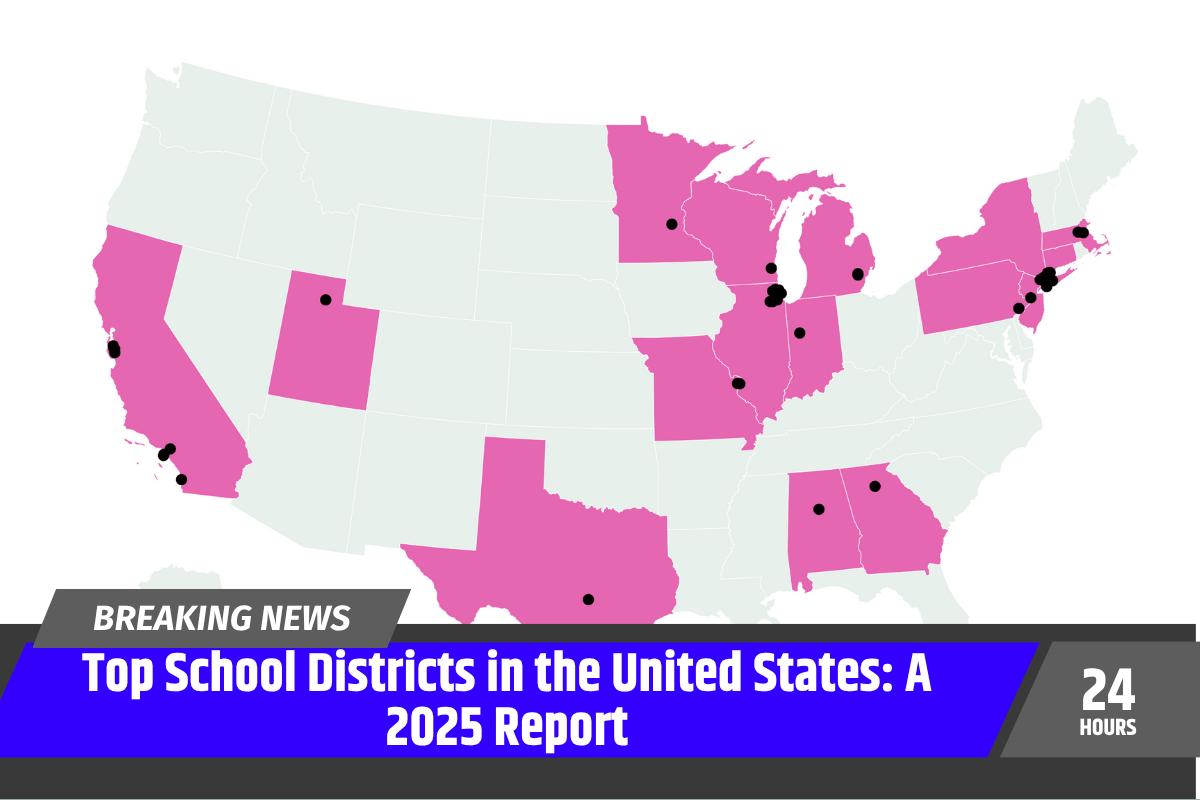Education is often considered the key to success, a powerful tool that shapes the future of individuals and society. However, despite the advancements in the education system, there remains a significant gap for underrepresented students in the USA.
These students, including those from low-income families, minority groups, and rural areas, often face challenges that hinder their academic success. Bridging this gap and ensuring equity in education is essential for a fair and just society.
Understanding the Problem of Inequity in Education
Inequity in education occurs when all students do not have the same opportunities to succeed. In the United States, some students face barriers like inadequate resources, lower-quality schooling, and limited access to advanced programs.
Many underrepresented groups, including racial minorities, students from low-income families, and those with disabilities, are disproportionately affected by these challenges.
One of the main contributors to educational inequity is the funding system in the United States. Public schools are primarily funded by local property taxes, which means wealthier communities with higher property values have access to better-funded schools.
This often leads to a cycle of poverty and poor education quality for students in low-income areas. These students may have less access to experienced teachers, advanced technology, extracurricular activities, and even safe, comfortable school environments.
The Impact of Inequity on Underrepresented Students
The lack of equal opportunities in education has long-term consequences for underrepresented students. Many face a higher likelihood of dropping out of school, struggling to gain admission to colleges or universities, and being unprepared for the workforce.
The achievement gap in standardized test scores, graduation rates, and college enrollment numbers between affluent students and those from disadvantaged backgrounds is significant. These disparities often persist throughout a student’s educational journey, from elementary school to higher education.
Moreover, underrepresented students may also lack strong role models or mentors who can guide them through their academic and career paths. The feeling of being excluded or marginalized can lead to disengagement from school, lower self-esteem, and fewer opportunities for personal growth.
Efforts to Achieve Equity in Education
Several efforts have been made to bridge the education gap and promote equity in the USA. Many organizations and initiatives are focused on providing underrepresented students with the support they need to succeed.
These efforts include scholarships, mentorship programs, and after-school initiatives that offer additional tutoring and emotional support.
One of the most impactful movements has been the push for equal funding across schools. Advocates argue that funding should be distributed more fairly, with a focus on ensuring that schools serving low-income communities have access to the same resources as those in wealthier areas.
This includes hiring well-trained teachers, providing up-to-date textbooks and learning materials, and ensuring that students have access to technology that is essential in today’s world.
Furthermore, many educators and policymakers are working to make school curriculums more inclusive, so that students from diverse backgrounds feel represented and engaged in their learning.
This can include offering programs that highlight the histories, cultures, and contributions of various minority groups, as well as implementing teaching methods that are sensitive to the needs of all students.
Addressing the Needs of Underrepresented Students
One of the key steps to ensuring educational equity is to focus on the unique needs of underrepresented students. These needs may vary depending on the community, but common challenges include language barriers, limited access to educational resources, and social and emotional difficulties.
To address these needs, schools should consider providing additional support such as bilingual education programs, mental health services, and mentorship opportunities.
Another essential step in promoting equity in education is to create a welcoming and inclusive school environment. Schools must ensure that students feel valued, supported, and encouraged to pursue their academic goals.
Teachers and staff should be trained to understand and address issues of race, socio-economic status, and disability, so they can provide tailored support to every student.
The Role of Technology in Bridging the Gap
In today’s world, technology plays a critical role in education. It can be used to enhance learning, provide access to remote education, and connect students with resources they otherwise might not have.
For underrepresented students, technology can bridge the gap by giving them access to online tutoring, digital libraries, and even virtual classrooms.
However, the digital divide is also an issue, as many low-income families may not have access to computers or high-speed internet. Addressing this gap by ensuring that all students have the technology they need is another important step toward achieving equity in education.
Achieving equity in education is a complex but essential goal for the future of the United States. Bridging the gap for underrepresented students requires addressing the systemic issues that lead to unequal opportunities, providing support tailored to their needs, and creating a more inclusive learning environment.
By focusing on these areas, we can work toward a more fair and just education system that gives every student the chance to succeed, regardless of their background.







